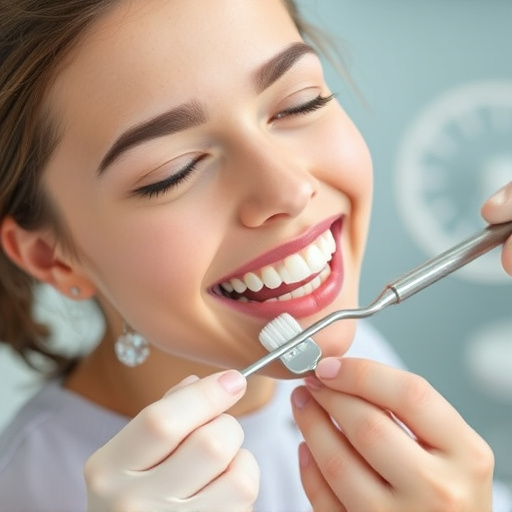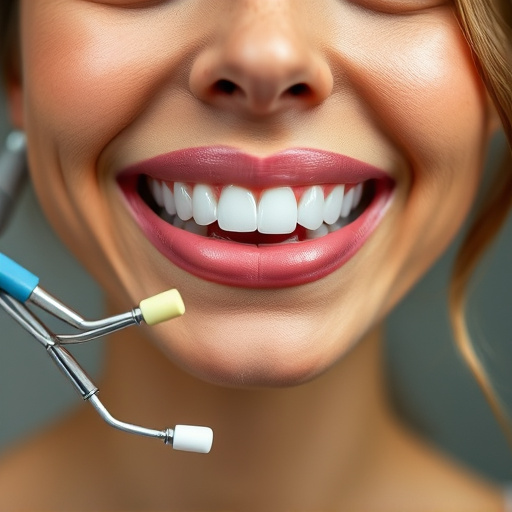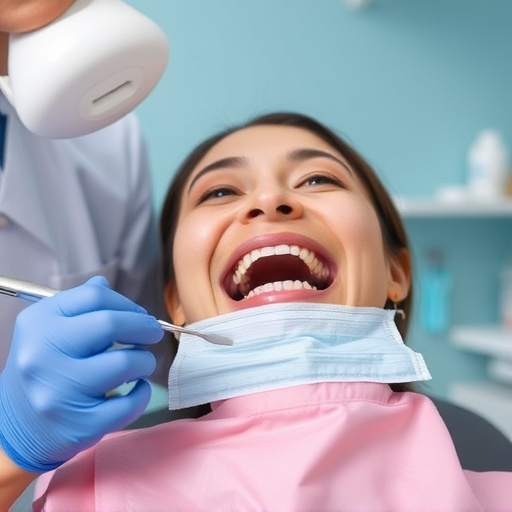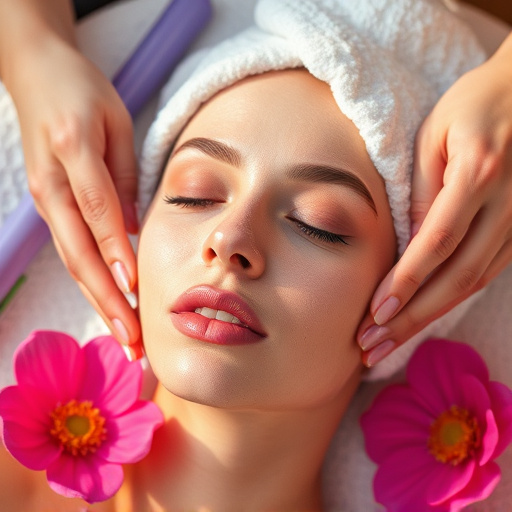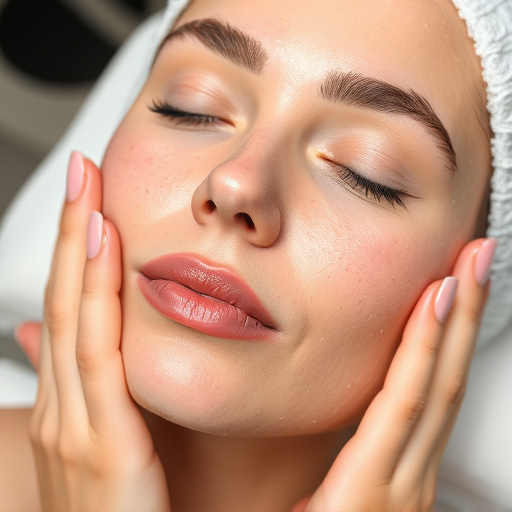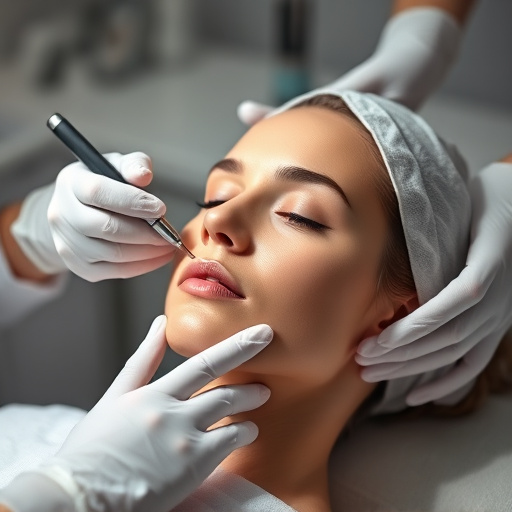Broken capillaries, caused by factors like sun exposure and rosacea, manifest as red or blue lines on the face, accompanied by persistent redness and hyperpigmentation. Holistic broken capillary treatment options include dermatological interventions such as laser hair removal and chemical peels to reduce redness and improve skin texture. At-home care routines focusing on gentle cleansing, moisturizing, sun protection, and avoiding harsh treatments are also effective. For more intensive rejuvenation, microneedling therapy at medical spas can stimulate collagen production and enhance capillary health.
“Uncover effective broken capillary treatment methods backed by dermatologists. This comprehensive guide delves into the causes, symptoms, and a range of treatment options, from professional procedures to at-home care. Understanding how to manage and prevent broken capillaries is key to achieving healthy, radiant skin. Learn about advanced treatments, natural remedies, and simple lifestyle changes that can help reduce appearance of these tiny skin imperfections. Discover expert tips for a smoother, more even complexion.”
- Understanding Broken Capillaries: Causes and Symptoms
- Dermatologist-Recommended Treatment Options
- At-Home Care and Prevention Techniques for Healthy Skin
Understanding Broken Capillaries: Causes and Symptoms

Broken capillaries, often referred to as spider veins on the face, are small, visible red or blue lines that appear just beneath the skin’s surface. They result from damage to the delicate capillary walls, which can be caused by various factors. Understanding these causes and symptoms is a crucial first step in exploring effective broken capillary treatment methods.
One common cause is trauma to the skin, such as an accident or frequent facial massages without proper technique. Sun exposure is another significant factor, as UV rays weaken capillary walls over time. Additionally, certain conditions like rosacea and allergies can lead to broken capillaries, causing redness and inflammation. Symptoms include facial redness, especially around the nose, cheeks, and chin, which may persist or come and go. In some cases, broken capillaries can also be accompanied by skin brightening concerns due to hyperpigmentation or post-inflammatory changes, making exploration of aesthetic treatments a relevant consideration for those seeking holistic broken capillary treatment.
Dermatologist-Recommended Treatment Options

Dermatologists offer a range of effective treatments for broken capillaries, focusing on reducing visible redness and improving skin texture. One popular method is laser hair removal, which not only eliminates unwanted hair but also helps to shrink dilated blood vessels, thereby lessening the appearance of broken capillaries.
Additionally, anti-aging treatments such as chemical peels can be beneficial. These procedures help to exfoliate the skin, removing dead skin cells and promoting the growth of new, healthier skin. Chemical peels can also improve skin tone and texture, further enhancing the overall appearance of broken capillaries.
At-Home Care and Prevention Techniques for Healthy Skin

At-home care plays a crucial role in preventing broken capillaries and promoting overall skin health. Regularly cleansing your face with a gentle cleanser suitable for your skin type helps remove impurities that can irritate delicate capillary walls. Moisturizing is another essential step; using hydrating products fortified with ingredients like hyaluronic acid or glycerin bolsters the skin’s barrier, reducing the likelihood of capillary damage.
Preventative measures extend beyond daily routines. Protecting your skin from excessive sun exposure is paramount, as UV rays can weaken capillaries. Always apply broad-spectrum sunscreen with an SPF of at least 30. Additionally, avoiding harsh treatments like exfoliants that could irritate existing broken capillaries is wise. For those interested in achieving deeper skin rejuvenation, medical spa services like microneedling therapy offer a controlled approach to stimulate collagen production and improve capillary health over time.
Broken capillaries can be a concern, but with the right approach, effective treatment is achievable. By understanding their causes and symptoms, you can take proactive steps towards healing and prevention. Dermatologist-recommended treatments, such as laser therapy and topical medications, offer promising solutions. Additionally, incorporating at-home care routines and preventive techniques into your skincare regimen can significantly contribute to maintaining healthy skin and minimizing the appearance of broken capillaries. Remember, consistent care is key when addressing this issue.
